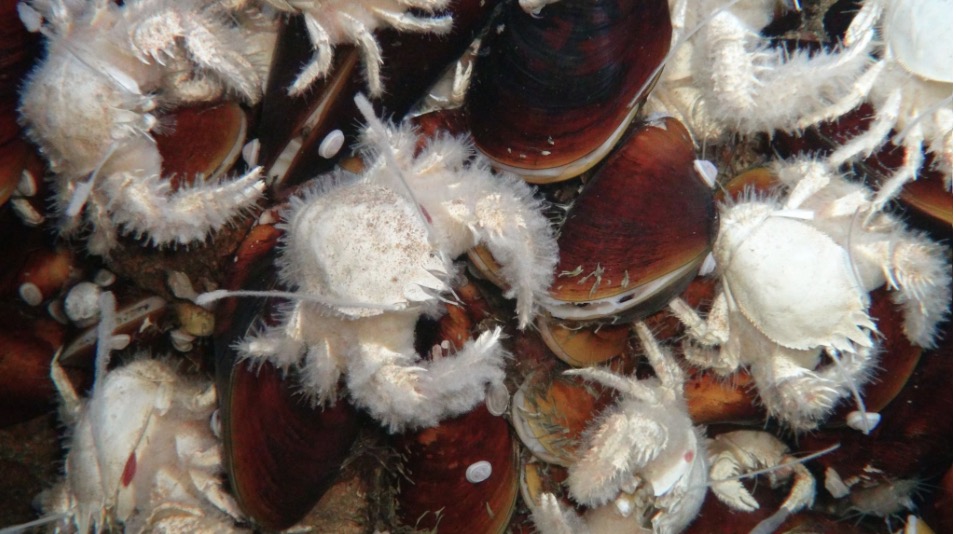off the coast of Papua New Guinea, scientists identified an unusual hydroponic mouth where two very different processes occurred simultaneously: A warm water mass rich in minerals rising from the seabed, while large amounts of methane and other hydrocarbures were released nearby.
The combination of hot hydropower and methane-rich gases has never been reported anywhere else on Earth.
The area where this unusual phenomenon was discovered was at a depth of about 1,300m, along the conical Seamount underground volcano in the western Pacific Ocean, near the Lihir Island of Papua New Guinea. The study has just been published in the journal Scientific Reports.
"We actually found a hot spray right next to a cold air leak, a combination that had never been described before," said Dr Philipp Brandl, a marine geologist at the GEOMAR Helmholtz Ocean Research Center.
Dr Philipp Brandl was the leader of the survey team on the SO299 DYNAMET exploration of the SONNE ship in 2023, which aims to study underground volcanoes in the Tabar-Lihir-Tanga-Feni island chain.
"No one really thought they would find a thermal well here, let alone a special case like that," he added.

Scientists said that although previous surveys have recorded small signs of hydothermal activity, this unusual combination was only determined when ROV Kiel 6,000 remote-controlled diving equipment was used. It was a big surprise, especially for those who have worked in this area many times, Brandl said.
Typically, hydrothermal vents and methane leaks are located in different areas of the seabed. However, this unusual closeness here can be explained by the geological structure of Conical Seamount, where thick layers of sediment rich in organic matter lie below the volcano's body. Rising magma flows heat these sedimentary layers, creating methane and hydrocarbures, and it is this heat that also pushes hot water containing minerals up to the sea surface.
Hot water from deep below and cooler methane gas from sediment are both released from cracks, causing hot water and cold air to spray just a few kilometers apart.
The existence of this ridge creates a completely new hybrid environment, becoming a home to extremely diverse ecosystems. The clusters of Bathymodiolus, worms, shrimp, small reptile and brilliant purple hay foundation cover the rocks.
Due to the large number of resident langurs, scientists and local observers at Stanis Konabe, Papua New Guinea University, have named the area Karambusel, which means langur in the indigenous Tok Pisin language.
The unusual gas mixture in Karambusel affects both the ecosystem and geological structure. The amount of methane released has a very high concentration, over 80%, while the hot water from magma also sprays at the same time, creating very special chemical conditions in the layer below the seabed.
Metals such as gold, silver and elements such as asen, antimon and mercury are deposited in the stone. These are signs that the area has experienced a period of high temperatures, rich in precious metals, along with the current cooling activities.











